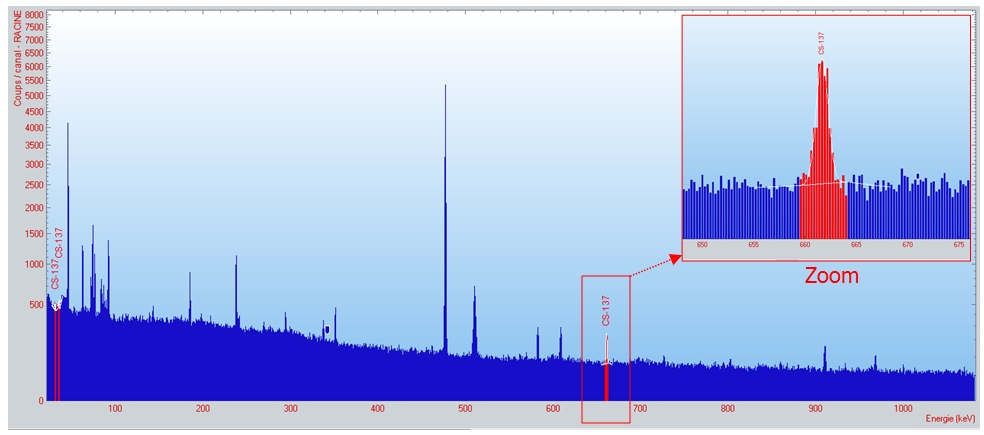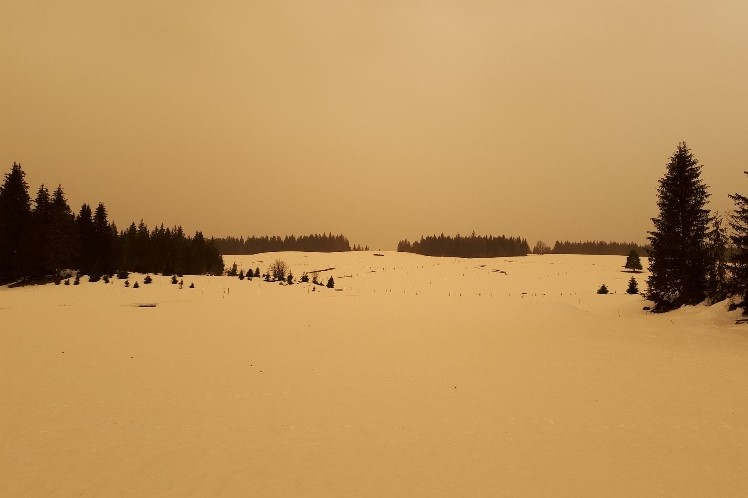As dust-laden winds from the Sahara fly over Europe again this week, analyses carried out by the Association for the Control of Radioactivity (ACRO) show that they contain residues of radioactive pollution dating back to France’s atomic bomb tests in the 1960s.
Between 1945 and 1980, the United States, the Soviet Union, the United Kingdom, France and China conducted 520 atmospheric nuclear tests reaching stratospheric levels and dispersing large quantities of radioactive products on the surface of the globe, mainly in the northern hemisphere. In the very early 1960s, France conducted atmospheric nuclear tests in the Algerian Sahara (Reggane) exposing its own soldiers as well as the sedentary and nomadic populations of the region to radiation. From this first test in the Sahara in 1960 to the final experiment in 1996 in French Polynesia, France has carried out 210 nuclear firings.
Boomrang effect
Why talk today – 60 years later – about these nuclear tests in the Sahara?
Last February 6, a large part of France was the object of a meteorological phenomenon bringing winds laden with sand and fine particles from the Sahara.
As an illustration, in the Jura massif, the sky remained orange all day long and these atmospheric particles were deposited on the ground. The white snow in the morning became orange in turn. In the evening, all surfaces were covered with a thin layer of these particles. The ACRO then sampled the entire surface of a car using multiple smears.
These smears were transferred to the ACRO laboratory for analysis of artificial radioactivity by gamma spectrometry (on a GeHP detector).
Cesium 137
The result of the analysis is final. Cesium-137 is clearly identified.
It is an artificial radioelement that is not naturally present in the sand and is a product of nuclear fission involved in a nuclear explosion.
Considering homogeneous deposits over a large area, based on this analytical result, ACRO estimates that 80,000 Bq per km2 of cesium-137 has fallen back.
The episode of February 6 constitutes a pollution that is certainly very low but which will be added to previous deposits (nuclear tests of the 1960s and Chernobyl).
This radioactive pollution – still observable at long distances 60 years after the nuclear firings – reminds us of this situation of perennial radioactive contamination in the Sahara for which France is responsible, the association asserts.


